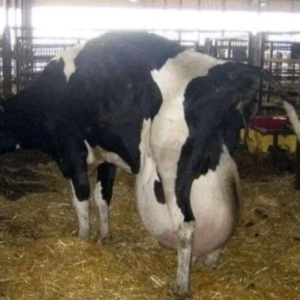Why cows have holes in their stomachs ?

Portholes, or cannulas, are surgically inserted openings in cows’ sides that provide direct access to their rumen, the largest of their four stomachs. This practice, dating back to the 1920s, allows researchers to study digestion, feed efficiency, and microbial processes without repeatedly sedating or operating on the animal. The main goals are to improve livestock health, optimize milk production, reduce methane emissions, and develop more sustainable agricultural practices.
While some researchers claim that cows with portholes often live longer, with minimal long-term pain, the practice has drawn significant ethical criticism. Animal rights groups argue it is invasive and cruel, condemning it as unnecessary exploitation. Alternative methods, such as lab-based models simulating the cow’s stomach, are being developed, though many researchers still prefer direct animal observation for certain insights.
Despite its controversial nature, the use of portholes continues in agricultural research, sparking ongoing debates over animal welfare and the balance between scientific advancement and ethical treatment of animals.





